LATVIJA.FM
How Latvia Got Its Borders: The Making of a Modern Nation
Latvia’s borders were not drawn overnight—they are the product of wars, negotiations, revolutions, and deeply rooted cultural identity. From the fall of empires to the rise of national self-determination, the shaping of Latvia’s territory reflects the turbulent history of 20th-century Europe. This article explores how a once-fragmented land, split between empires and regions, emerged with defined borders after World War I, and how those lines were tested, redrawn, and reasserted through diplomacy, conflict, and unyielding national resilience.
The Pre-National Landscape: A Region Without a Name
Before the word Latvia was ever printed on a map, the territory now known as the Republic of Latvia was a mosaic of duchies, bishoprics, and imperial provinces. For centuries, Courland, Latgale, Vidzeme, and Zemgale belonged to different realms: the Polish-Lithuanian Commonwealth, the Swedish Empire, and later the Russian Empire. Though the Latvian language and identity persisted among the peasantry, no political unity existed. Instead, borders were determined by foreign powers—drawn for taxation, military campaigns, or church authority. Yet in the minds of Latvian speakers, the notion of a shared homeland began to stir.
A Nation Awakens: The 19th Century and the Seeds of Change
The 19th century witnessed the Latvian National Awakening—a cultural and intellectual movement that laid the foundation for later political independence. Latvian thinkers, writers, and folklorists began to define the idea of a Latvian nation, not as subjects of empire, but as a people with a distinct language, heritage, and historical claim to their land. At this stage, the idea of borders was more cultural than political. However, as nationalist movements gained momentum across Europe, Latvians too began envisioning a future where boundaries aligned with the people who lived within them.
World War I and the Birth of a Republic
Latvia’s modern borders emerged during the chaos of World War I and the collapse of the Russian and German empires. With the Bolsheviks seizing power in Russia and German forces retreating in 1918, a unique opportunity appeared. On November 18, 1918, the People’s Council of Latvia proclaimed independence in Riga. Yet this declaration did not settle borders—it sparked conflict. Latvians had to fight for every kilometer of their country during the Latvian War of Independence (1918–1920), battling both Bolsheviks and German paramilitary groups. The final result, enshrined in the 1920 peace treaty with Soviet Russia, granted Latvia most of its current territory.
Drawing the Lines: Treaties, Tribes, and Terrain
Latvia’s borders were not merely military outcomes—they were also legal and diplomatic constructs. The 1920 peace treaty with Soviet Russia was critical, recognizing Latvia’s independence de jure and fixing the eastern border. The northern border with Estonia and the southern boundary with Lithuania were established through negotiations that acknowledged ethnic settlement patterns and historical divisions. The western boundary was the easiest—defined by the Baltic Sea. But within this framework, some lines were drawn arbitrarily, cutting across communities or natural features. These borders, for all their official legitimacy, remained fragile in the face of future upheavals.
Occupation, Annexation, and the Post-War World
Latvia’s borders were violently violated in 1940, when the Soviet Union annexed the country under the secret terms of the Molotov-Ribbentrop Pact. Though Latvia ceased to exist de facto, the Latvian Republic remained recognized by Western powers in exile. During Soviet rule, the internal administrative borders of the Latvian SSR mirrored the pre-war ones but had no sovereignty. When Latvia regained independence in 1991 after the collapse of the USSR, its post-Soviet transition included affirming its 1920 borders, though the eastern frontier with Russia—especially in the Abrene district—became a lingering point of tension.
Border as Identity: Geography and the Soul of a Nation
Today, Latvia’s borders are secured by international treaties and anchored in its membership in the European Union and NATO. Yet they are more than lines on a map—they are symbols of the nation’s long struggle for sovereignty. Borderlands like Latgale, with its unique dialects and religious diversity, or the pine-framed shores of Courland, represent the cultural richness within these boundaries. As Latvia looks to the future, its borders are no longer about exclusion or division but about anchoring identity—defining a place where Latvians can speak their language, preserve their heritage, and thrive in peace.
